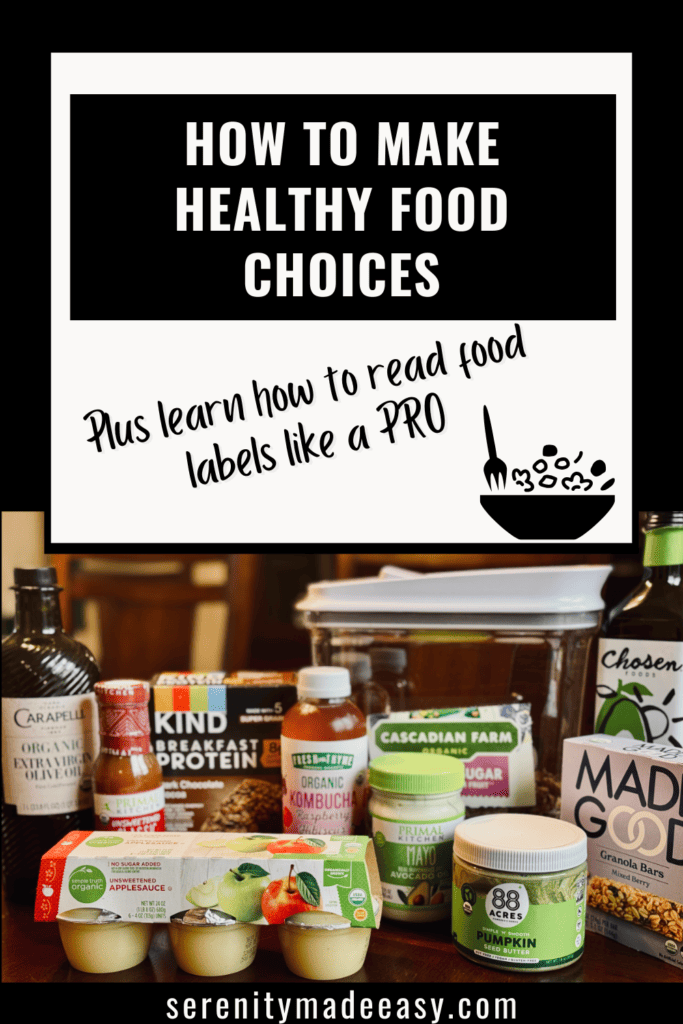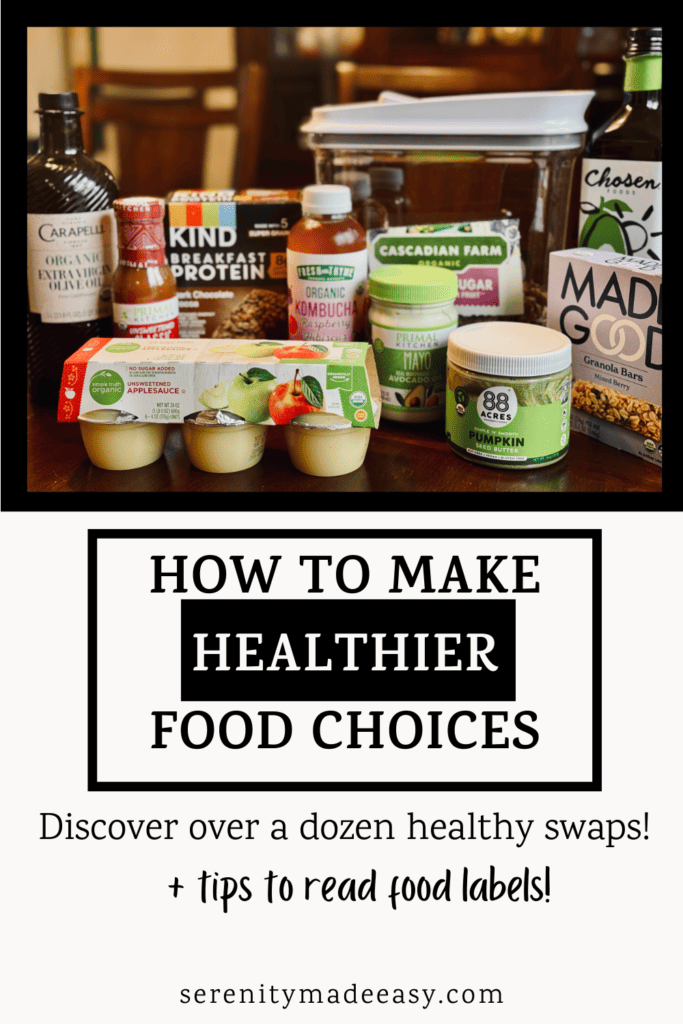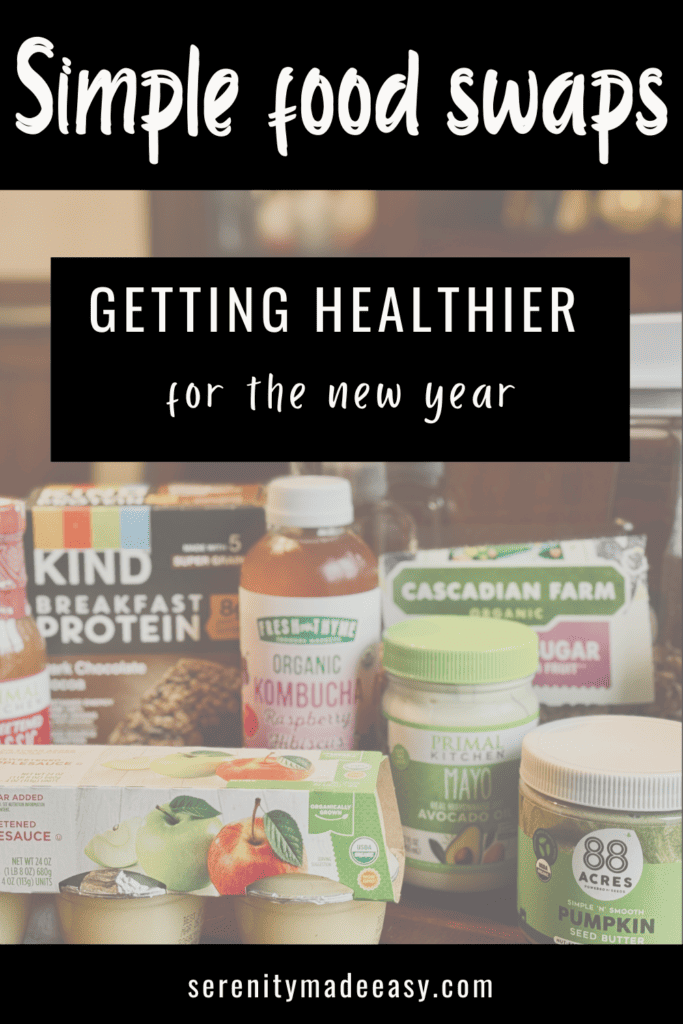This post may contain affiliate links. If you click one and make a purchase, I earn a small commission at no extra cost to you. It helps support the site so I can continue to offer great content to you!
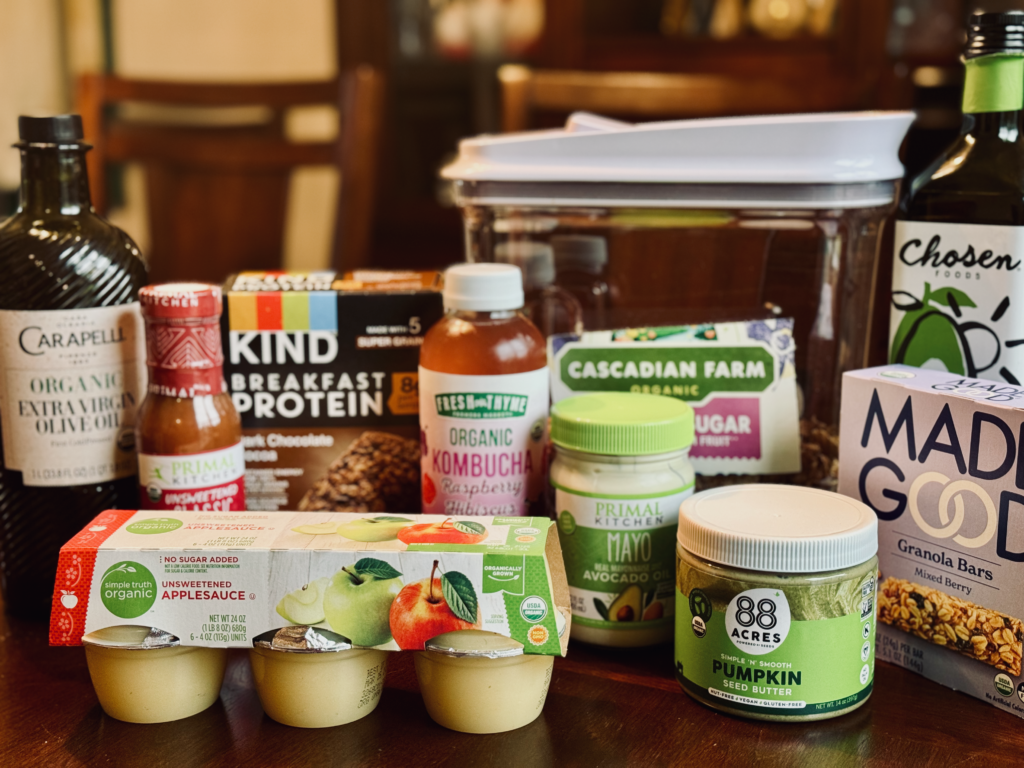
Did you know that the average adult’s diet includes about 60% of ultra-processed food daily? This number goes up to 70% for children. It’s easy to understand when you observe what is available at the supermarket. The shelves are filled with ultra-processed food, often cheaper to purchase than the lesser processed alternatives. In this article, we’ll gain a better understanding of what ultra-processed foods are, why they are unhealthy, and how to make simple swaps for a healthier you.
What are ultra-processed foods?
Processed food is any food that has been modified, including cutting, cooking, or adding preservatives. From that lens, almost all foods are processed to a certain degree.
A classification method called NOVA was developed to categorize food based on the degree of processing.
- Group 1 | Non or minimally processed food: fruit, vegetables, unsalted nuts & seeds, rice, eggs, honey
- Group 2 | Processed Culinary ingredients: butter, oil, maple syrup
- Group 3 | Processed food: canned vegetables and fish, smoked or cured meat and fish, freshly. made bread & cheese
- Group 4 | Ultra-processed food: margarine, pastries, packaged snacks, pizza, chicken nuggets, mass-produced bread, cereal, yogurts, sausage, hot dogs
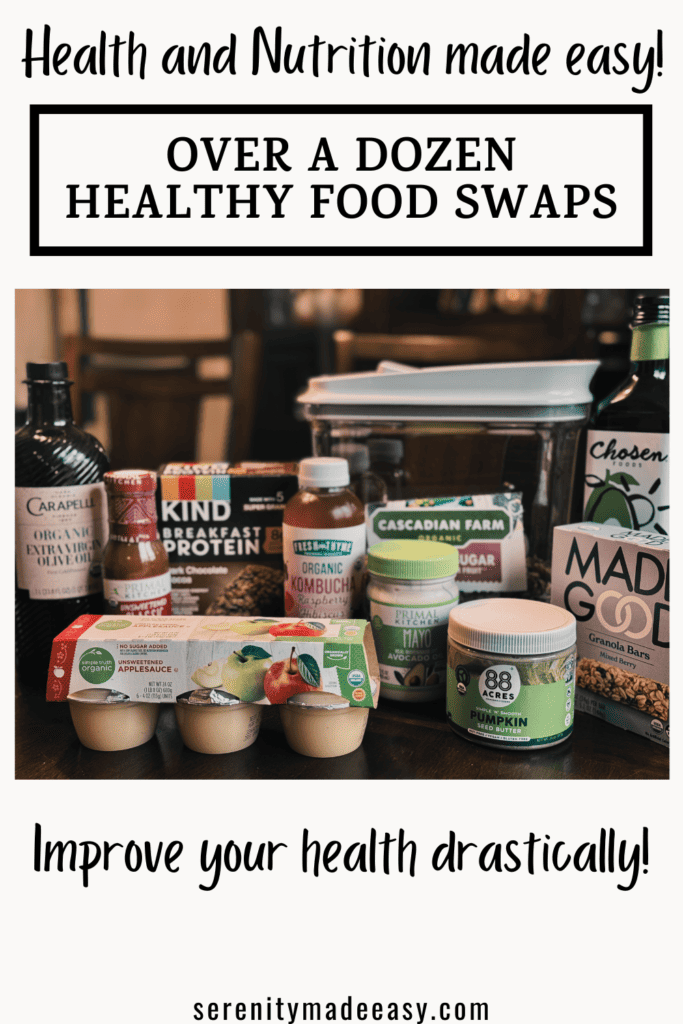
Why are ultra-processed foods bad?
Many studies have been conducted on ultra-processed foods, but more research is needed to fully understand their effects on the human body.
What we know so far is that ultra-processed foods are linked to weight gain and increased risk of mortality due to a range of illnesses from hypertension to breast or colorectal cancer.
Although it can be challenging to completely avoid processed and ultra-processed foods in the modern world, it is wise to limit their consumption and make smarter food choices to ensure a healthier you.
How to determine what not to eat?
“I strongly believe in making better choices without striving for perfection. Achieving perfection would require me to change my lifestyle drastically, which I know would reduce my happiness and increase my stress levels. Therefore, I have chosen a more balanced approach.”
I eat a large amount of fresh fruits and vegetables and good quality meats. Over the years, I have learned how to read food labels to make the best possible choices when it comes to packaged food.
I stay away from bad ingredients as much as I can. I won’t consume them at home, but I don’t stress about it when I’m eating out (which is not very common).
A few tips about reading food labels
- The ingredients are listed in quantity order. This means the first ingredient is found in the largest quantity.
- Avoid or research ingredients you do not know.
- Pay attention to the portion sizes. A food might look acceptable until you realize that it is for a tiny amount.
- Review the types of fat and try to limit saturated fat and avoid trans fat.
- Review the quantity of added sugar. Some food contains natural sugars which isn’t bad for you in moderation. Try to make choices that have a low amount of added sugar.
- Compare the amount of salt (sodium) in the food items. Avoid items with a sodium content of more than 20% of the recommended total daily value.
Be mindful of low-fat or low-sugar items. There is always a trade-off. Read the label carefully to ensure the trade-off is supportive of your pursuit of the “healthier you” version.
Here are the ingredients I try not to eat:
- Hydrogenated oils/trans fat
- High fructose corn syrup
- Artificial sweeteners: ex. aspartame, succralose
- Emulsifiers: ex. soy lecithin
- Thickener: ex. xantham gum, pectin
- Artificial colors
- Sodium nitrates
- Potassium or sodium benzoate
Smart food swaps for a healthier you
Ditch the sodas
Opt for seltzer water or kombucha to stay hydrated without added sugars or artificial sweeteners.
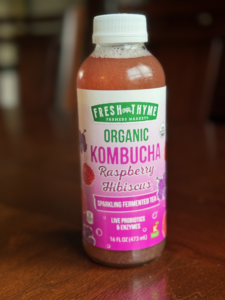
Choose better breads
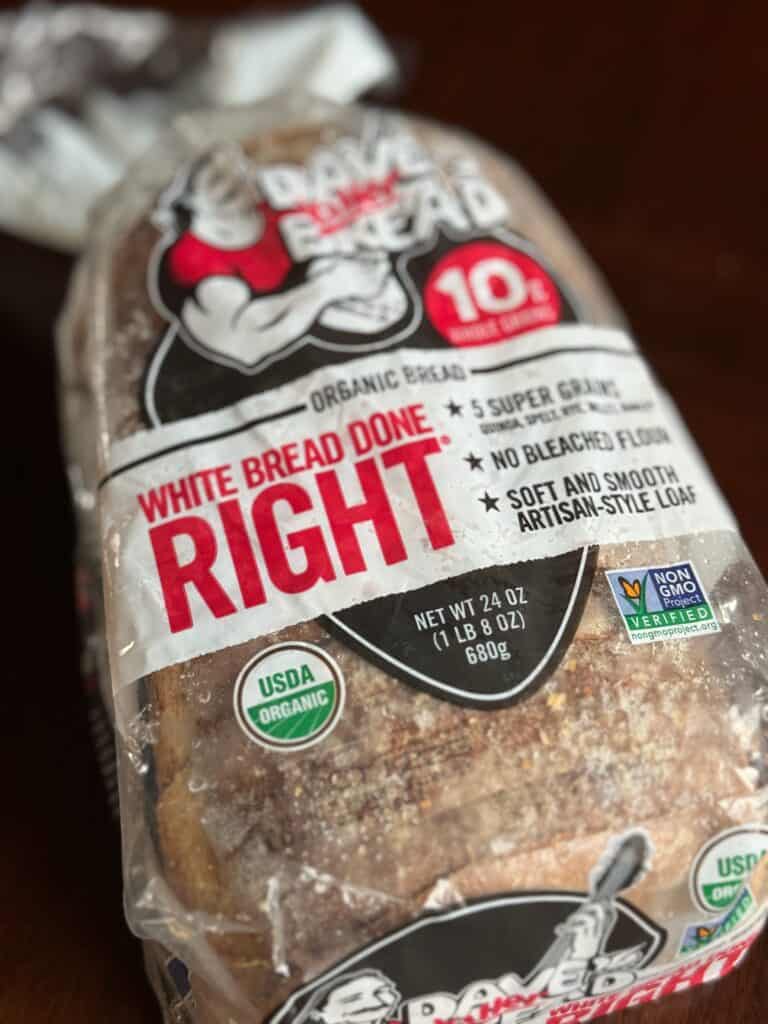
Many American households consume a significant amount of bread. However, it is advisable to avoid bread made from refined white flour and those with long ingredient lists. A healthier alternative that my family prefers is Dave’s Killer Bread, which is made from a range of organic flours and contains minimal added sugar.
Replace your store-bought creamer
It is really difficult to find a healthy store-bought creamer. The best and easiest option is to use real cream. If you must sweeten your coffee, opt for honey or maple syrup. You can also try to make your own coffee creamer with this recipe as your base:
- 1/4 cup of whole milk
- 1/2 cup of heavy cream
- 1 Tbsp of maple syrup
- 1 Tbsp of vanilla extract
Discard margarine
Margarine gained popularity during the fat phobia era. However, many brands that market themselves as low-fat use trans fat, which is now known to contribute to health problems. It is advisable to use a moderate amount of real butter, avocado oil, or extra virgin olive oil instead.
Choose better condiments
Many conventional condiments are filled with sugar or unhealthy oils. Make sure to read the package and choose better options, especially for condiments that you use in greater quantity. My favorite brand for condiments is Primal Kitchen.
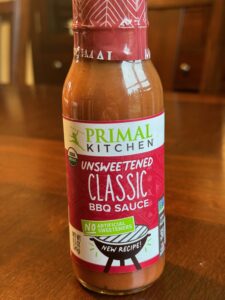
Make your own salad dressing
It’s easy to make salad dressings at home. By making them yourself, you have control over the quality of oil and the amount of added sugar and salt.
Here is a great basic recipe:
- 2/3 cup of extra virgin olive oil
- 1/3 cup of lemon juice
- 1 Tbsp of mustard
- Salt and pepper to taste
Replace the lemon juice with balsamic or apple cider vinegar and use mayo instead of mustard for a different flavor profile.
Adjust your oils
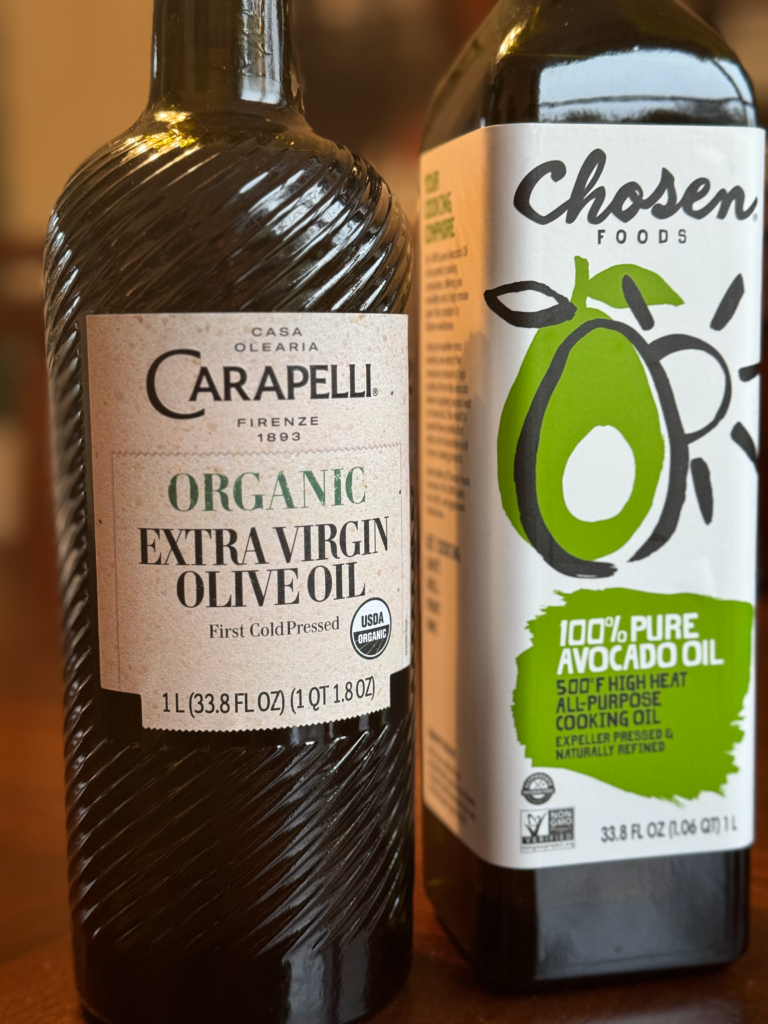
There are many oils on the market and they are not created equal. Furthermore, some should not be used for high-heat cooking. I don’t want to have a dozen oils at home and therefore, I primarily use 2 oils that happen to also be safe for cooking: avocado and extra virgin olive oil. I also like keeping sesame oil on hand for Asian-inspired dishes.
Select better grains
Unless you follow a low-carb diet, you likely consume a fair amount of grains. You can boost the nutritional value of your meals by opting for brown rice instead of white and wheat or legume-based pasta versus the traditional version. These are easy swaps your family may not even notice.
Brown rice or wheat is superior to white because it is a whole grain. It has not been processed in the same manner as its white counterpart. Because of this, brown rice (or wheat) preserves many more nutrients making it a healthier food for you.
Go for natural peanut, nut, or seed butter
It’s high time you get rid of your Jif peanut butter and switch to a more natural version. Have you ever noticed that Jif peanut butter (and other highly processed brands) contains 2 grams of added sugar and 140 mg of sodium? Why should you consume that? Always remember to scrutinize the labels and opt for the one that only contains peanuts (or the nut or seed you wish to buy), such as Crazy Richard’s.
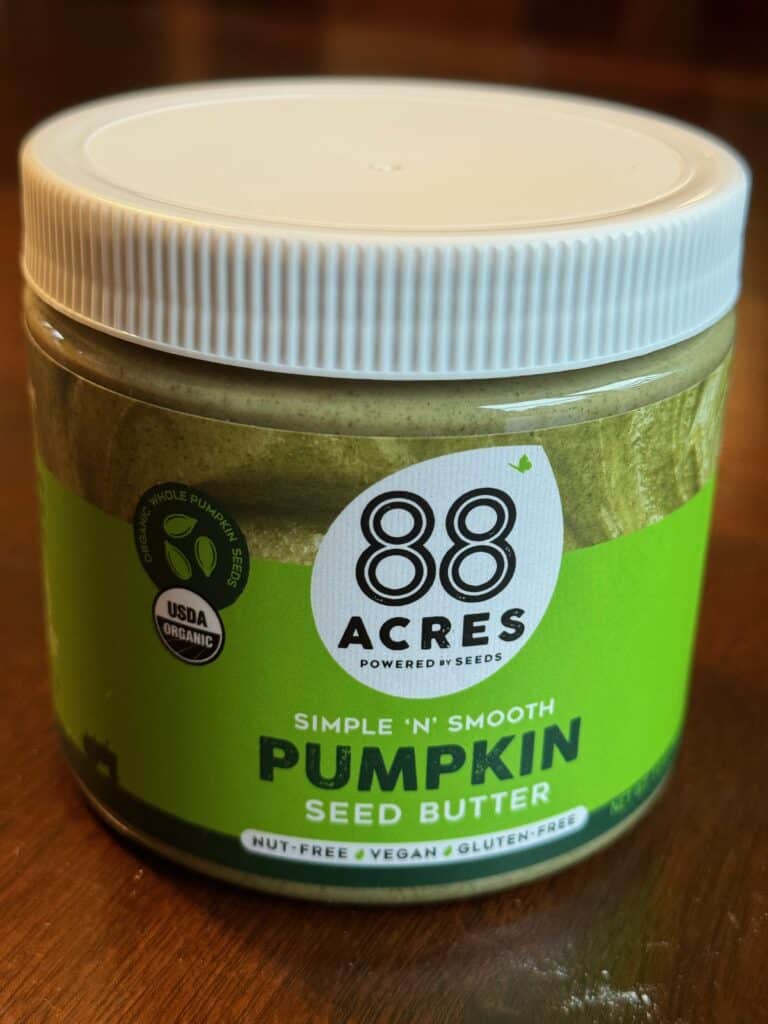
My favorite brand of seed butter is 88 acres. I love their pumpkin seed butter. Their unsweetened pumpkin seed butter does use sunflower oil to help with separation. However, it’s important to note they use a small quantity of a high-quality expeller press oil
Switch to plain yogurt
I understand that plain yogurt can be bitter, which might not be appealing to children. My suggestion is to create your own fruit spread using frozen fruits along with a small amount of honey or maple syrup to add sweetness. You can then spoon a small quantity of the mixture onto your yogurt to make it more interesting while keeping the sugar content low.
Go for sugar-free fruits
Although we can all agree that fresh fruits are the best option, packaged fruits come in handy, especially with children. Choose sugar-free options whenever possible. This is true for canned fruits, apple sauce, and dried fruits.
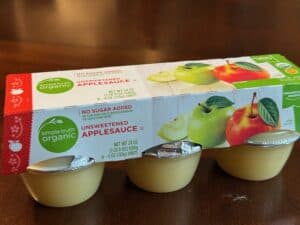
Swap your crackers
There are a lot of options when it comes to crackers. Although my kids love Ritz, I try to find healthier alternatives such as the Mary’s Gone Cracker brand. They have tons of flavor choices including some gluten-free.
Don’t grab just any granola bars
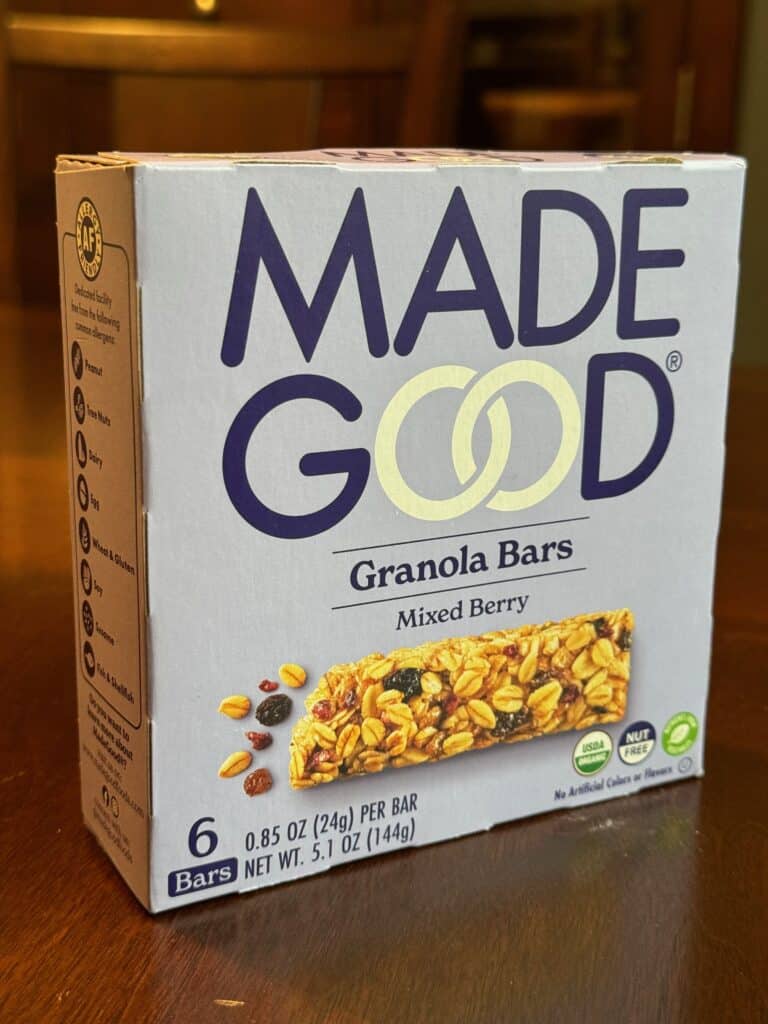
This is quite possibly the most overwhelming section of the grocery store. There are so many options when it comes to granola bars. Once again, you should invest the time in reading the labels to find the brand that is right for you. If you we going to consume store-bought goods, here are decent brands to consider: MadeGood, KIND, and Cascadian Farms.
Chose wisely when picking your cereals
When it comes to starting your day with cereals, it is important to choose an option that contains minimal “fake” ingredients. To make an informed decision, you should refer to the label reading tips and take the time to examine the ingredients of your current favorite cereals. You can also research alternative options that could support your efforts to be a healthier you. Consider exploring brands like Ezekiel, Nature’s Path, or Kashi Go.
In conclusion
I strongly believe that a healthy lifestyle is achieved through making small changes that lead to significant improvements in your health, particularly concerning your nutrition. I have many more ideas to share, so please make sure to check back soon once you have implemented these recommendations for a healthier you.
